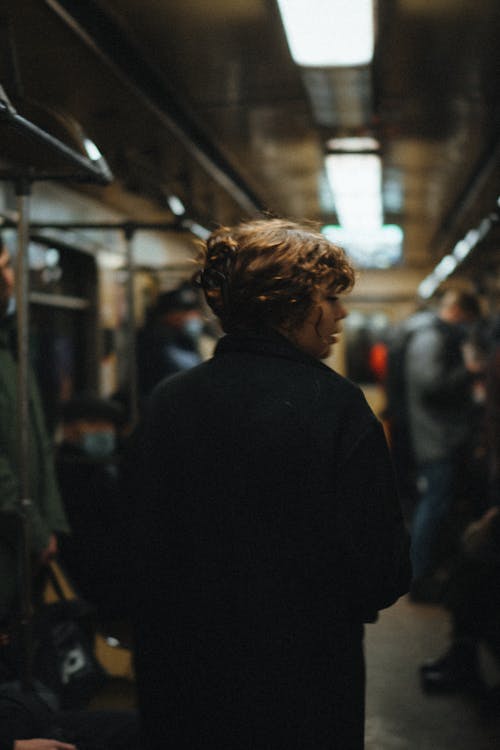The National Gallery of Modern Art, New Delhi acquired the largest collection of 6744 artworks of Nandalal Bose from his family. A major portion of the museum's collection includes monochromatic pencil sketches, pen and ink drawings on postcard and paper, watercolour paintings and sketches apart from the more detailed and elaborate tempera and wash paintings, Haripura posters and prints from the artist's extensive oeuvre. Nandalal had a strong affinity for sketching and drawing, instantly recording in the postcard-sized papers his subjects from the surrounding environs, people in their everyday life, animals, flora and fauna or anything that he found fascinating. In the above vibrant watercolour painting, the artist has rendered papaya cut into halves. The perceptible representation of the fruit is executed with dabs and dashes of colours, to articulate the contours and brings about the corporeality of form and substance.
- Identifier
- ngma-10735
- Material
- Watercolour, Paper
- Note
- Nandalal Bose, popularly known as the Master Moshai, was born on December 3rd, 1882 in Kharagpur, Monghyr District, Bihar. A disciple of Abanindranath Tagore, he graduated from the Government School of Art, Calcutta in 1910. Nandalal was fascinated by the potential of folk art and indigenous modes of expression and inculcated them in his works although stylising them in a unique representation for depiction and narration of local life. His explorative temperament with artistic materials allowed him to create a vast body of work with printmaking techniques such as lithography, linoleum prints, and Sino-Japanese techniques while remaining faithful to his narrative subject: India's environment and its ethos. Nandalal Bose's art conjures newness unbound, yet it is flushed with the memories of yesterday. Inspired by Far Eastern sensibilities that celebrate the traditional, the genius of his art lies in the interplay of sensual silhouettes and his powerful rendering of contemporary themes with the traditions, customs, and sensibilities of Indian heritage. It is this intermingling that invigorates his works and captures the minds of his viewers. He began his artistic career in the fervour of the Swadeshi movement, rejecting western colonial norms of art and taking inspiration from the ancient murals of Ajanta and Bagh caves as well as Mughal miniatures. In 1919, Nandalal Bose accepted Rabindranath Tagore's invitation to become the Principal of the newly established art school Kala Bhavan at Visvabharati University in Santiniketan. He travelled in and out of India including places like Burma, China, Japan, Malaysia, Java, and Sri Lanka seeking artistic stimulus from observing different cultural traditions. He also painted a series of posters for the Indian National Congress at Haripura in February 1938. The range of Nandalal's artistic expression is seen in his various landscapes with human figures, his varied images of nature, and the Santiniketan Murals. His works reflect the changing landscape, portraying people, and places at a time when modern India's cultural development was at its threshold. Nandalal Bose died on April 16th, 1966 in Santiniketan, West Bengal. He won several accolades including the Padma Vibhushan by the President of India in 1953. He was awarded an honorary Doctorate in Letters (D. Litt.) from Banaras Hindu University in 1950 and Calcutta University in 1957. The NGMA has over 6800 of his works in its collection.
- Pages
- 3.4 x 5.1 cm
- Published in
- India
- Type
- Drawing



